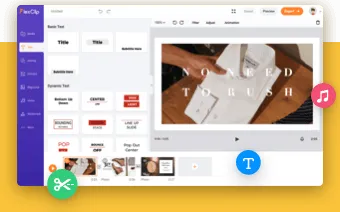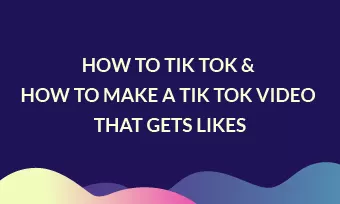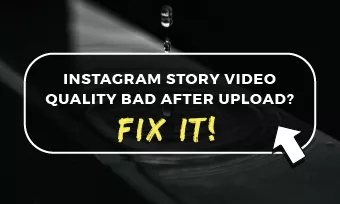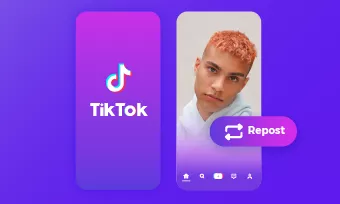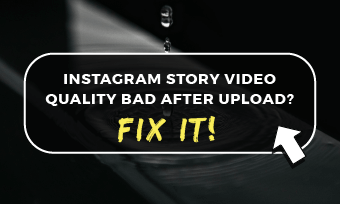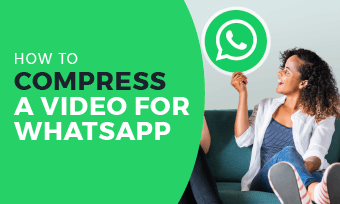Think of a Facebook group as a gathering of people with a common interest. Although people with contrary opinions can be part of it, it is created to serve a specific purpose. Facebook group can be created to represent a company or product: a place where users can share their experience about the product or the company. It can be created to serve academic purposes by allowing students of a particular institution to gather and exchange ideas.
While any individual, group, institution, or company can create a Facebook group, it is the place to disseminate information among members, colleagues, fans, or users of a particular product. This is a good place for companies, product, or brand managers to release a press statement or hint on a particular topic of interest.
And for students and colleagues, it is a good place to network, bond, and reunite long-time friends or family. Today, companies start a Facebook group as a faster medium where customers can reach them, either for complains or recommendations.
Facebook Story Video Templates You May Love
Can't Miss: How to Post Long Video on Facebook Story>>
How to Create a Facebook Group
Creating a Facebook group is very easy; all you need is to follow the right steps, just as we have stated below.
Step 1: Setting up the Group
•Click on the options menu by the right hand of the homepage. It is represented by three horizontal lines.
•Select “Create Group” from the three listed options and click “Create Group.”
Step 2: Feel out the necessary information
•Add the name for the Facebook group.
•Add names (or emails) of people you wish to add to the group.
•Set the privacy setting of your Facebook Group (Public, Closed, or Secret).
Step 3: Fill out the Facebook Group’s information
•Add a cover photo.
•Select group type, e.g., Close Friends, Club, Events and Plans, Family, Neighbours, etc.
•Click ‘Confirm.’
Step 4: Add description (tell people what the group is about)
•Add tags to help people find you (add up to five tags).
•Add location customize the URL (Use a simple URL, the one you can easily remember).
•It is now time to add, promote, or invite friends to your group. And you are done.
At this point, the new group is expected to appear on the ‘Group’ section of your personal Facebook account. But if it doesn’t:
•Click “Settings.”
•Click “Edit Page.” Add the “Groups” tab to your Page.
•When a pop-up appears, choose the groups you wish to link it to.
•Click “Link,” after which you click “Link Group.”
•How to Make Your Facebook Group More Engaging.
How To Create a Facebook Group
How to Make Your Facebook Group More Engaging
It is one thing to create a Facebook group; it is another to make it engaging. This is why most companies and institutions often hire staff specifically for managing their Facebook group. This is peculiar with companies that create a Facebook group for the sole purpose of promoting that brand.
They will need to be dishing out some educational information about the brand: what it is used for, advantages, fun facts, etc., constantly. In most cases, you will also need to offer weekend giveaways. Ask the members to perform a task, then reward winners afterward. In a case where the group is created for students or work colleagues, suggesting a topic of interest is a way to get the group going.
Not too many know that there are differences between a Facebook group and a Facebook page. It is simple: while the Facebook page is predominantly for public consumption, as in, anybody can participate, the Facebook group is hybrid in nature – it can be set to be private or public. In a Facebook group, you can choose to interview prospective members before letting them become part of the group.
Facebook groups are more dynamic than Facebook pages. In fact, recently, Meta (Facebook) just allowed Facebook group owners to monetize it (if they wish) by letting prospective members pay a fee before being allowed into the group. But this is unlike a Facebook page that is designed to be more rigid. Hence, it’s adaptation by companies and brands.
On the other hand, a Facebook group is easier to maintain. You don’t have to generate new topics to keep it going; the members alone are enough to sustain it through their regular conversations. This is why a group page is recommended for work colleagues and students; it has a way of igniting that interactive atmosphere by default.
The Bottom Line
You must understand that the fact that people use one doesn’t mean the other is not effective. You must first understand the concept of both of them; only then can you choose the one that suits your purpose. Again, understand the characteristics of your product; only then can you choose whether it is a Facebook page or a Facebook group that best suits it. Finally, do your best to like and share this article; you never can tell who else needs it.


